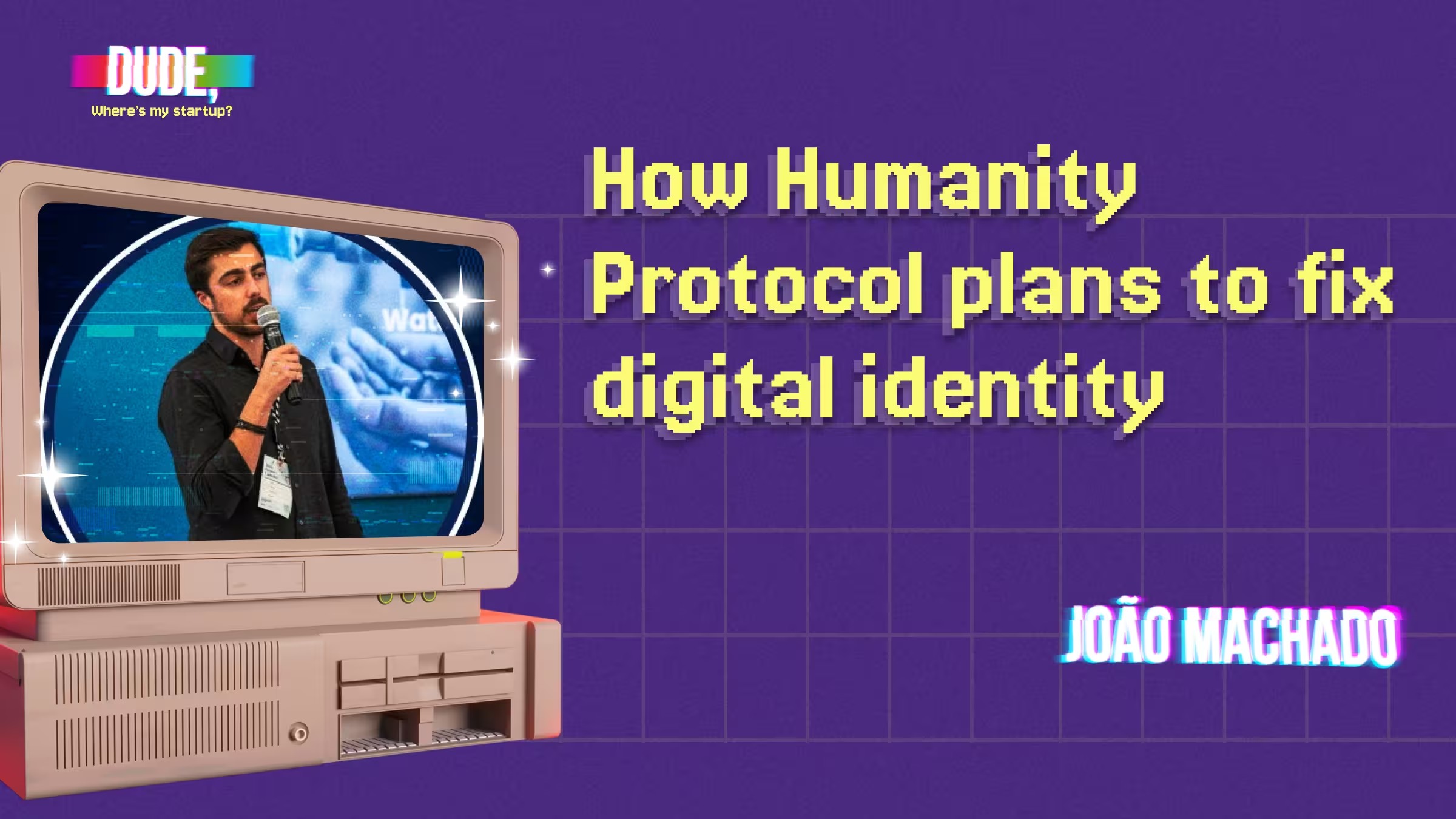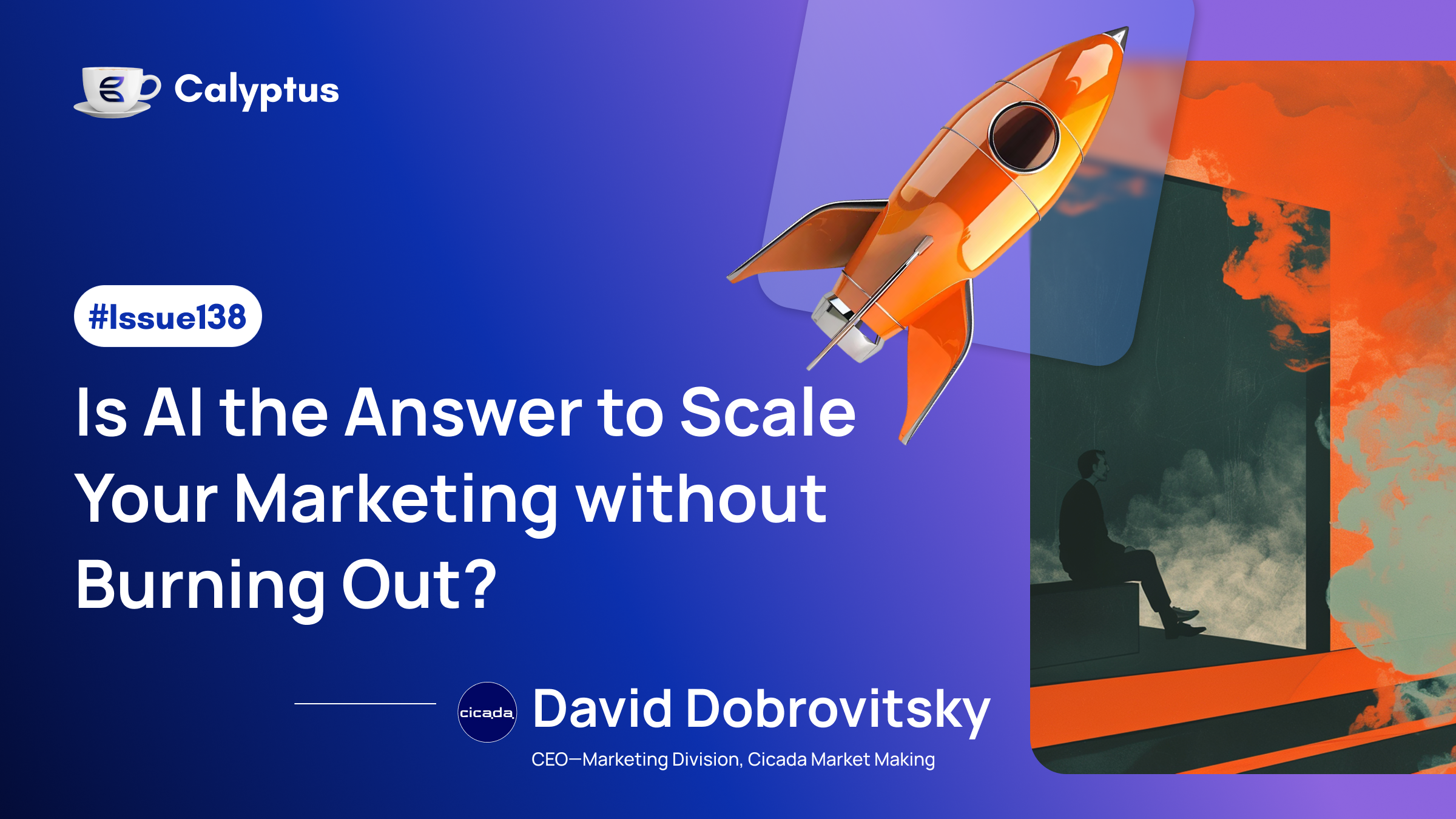Speculation or hype tend to be the cornerstones of onboarding new people to Web3. Joao Machado’s entry wasn’t driven by either. It was sparked by a belief that decentralised systems could serve society better than the ones we have. Financial justice, anti-corruption, decentralisation, for him these weren’t buzzwords. They were a roadmap.
Today, he leads marketing and growth at Humanity Protocol, an identity protocol that uses palm scanning and zero-knowledge proofs to verify real human users. It’s a response to the trust collapse across the internet, accelerated by AI-generated content, bots, and fake accounts. Joao puts it plainly, people don’t know who they’re talking to anymore, and that undermines everything.
Humanity Protocol offers a fix. The user scans their palm using a phone camera or device. The data is turned into a cryptographic proof, not stored raw. That scan becomes the anchor for a human ID, which can then stack credentials like KYC info or medical records. From Sybil-resistant airdrops to human-verified accounts on social media, the range of use cases is broad. Unlike retina-based systems, Joao argues, a palm scan is easier to adopt and far less dystopian. “My mum would never scan her eyeball, but she’ll use her hand,” he says.
He’s not just operating on theory. Humanity Protocol has over four million testnet users already, driven by a mix of clear messaging, community building, and viral referral loops. It’s growth without shortcuts. Joao is critical of the current state of Web3 marketing, where projects are overly reliant on KOLs who may bring attention but not always understanding. “Some projects are being held hostage,” he says. “That’s not sustainable.”
Before Humanity Protocol, Joao was building Savert, an AI-powered tool that helped hotels reduce water and energy consumption from showers. That startup taught him what hardware founders already know, it’s harder to build but easier to defend. With real-world installs and user touchpoints, churn becomes stickier. And now, in an era where AI has commoditised software, he sees investor interest returning to hardware, where tangible value still matters.
His experience across both startups has shaped how he approaches growth. For Joao, a head of growth isn’t just another marketing lead. It’s someone obsessively focused on the right KPIs, relentlessly testing, and always operating close to the edge of what seems viable. “Growth hacking,” he says, “is doing a lot with almost nothing.” The key is resourcefulness, not just creativity for its own sake, but creativity that hits the numbers.
His hardest lesson? Never assume people understand your product the way you do. He’s shipped campaigns that felt airtight internally but landed flat externally. The fix is simple: test early, test often, and always talk to someone outside the echo chamber before going all in. What’s obvious to your team may not be obvious to your users.
Joao is clear about the stakes. Web3 is noisy, fast-moving, and often overfunded. But the fundamentals haven’t changed. If you can communicate clearly, grow intelligently and actually solve a real problem, people will show up.




